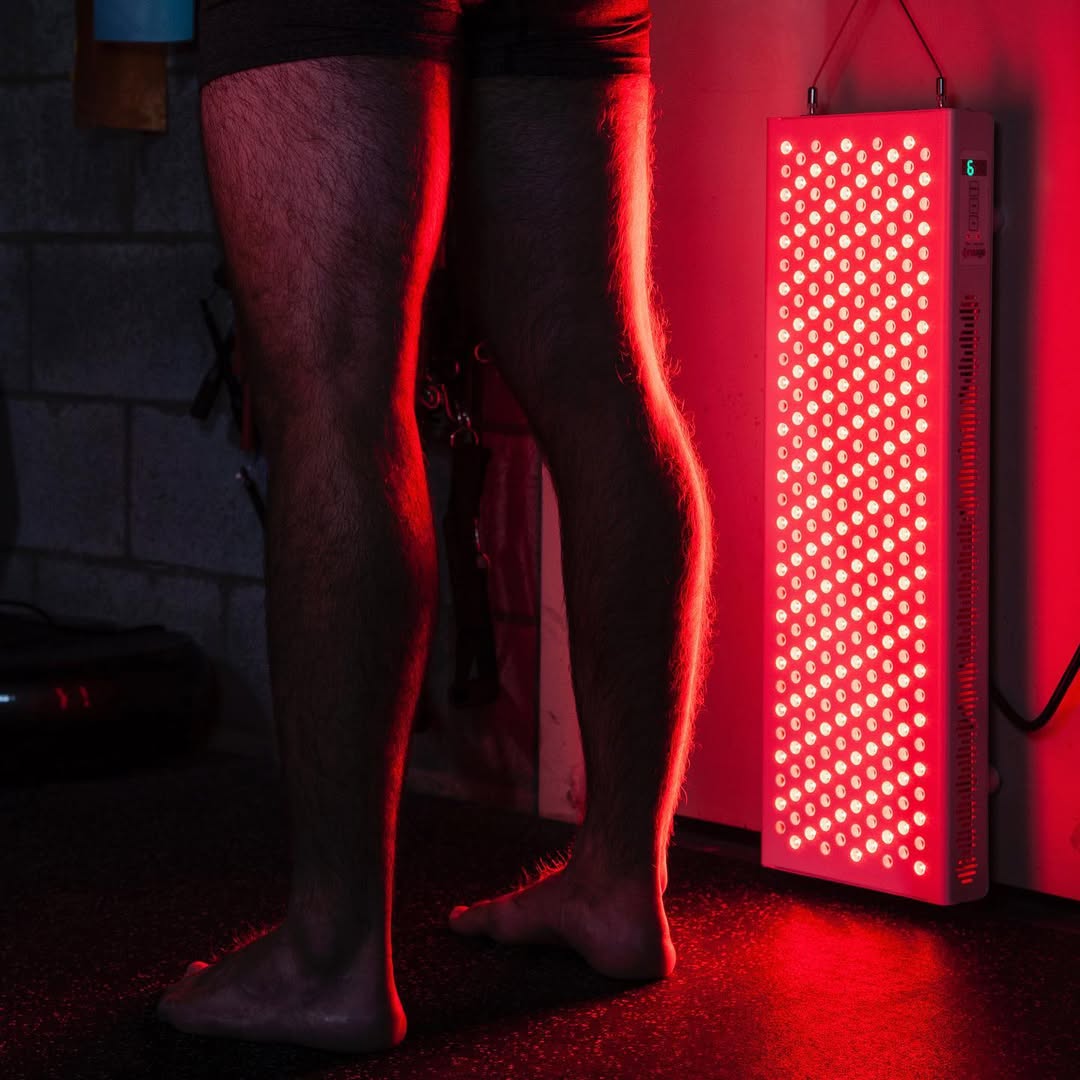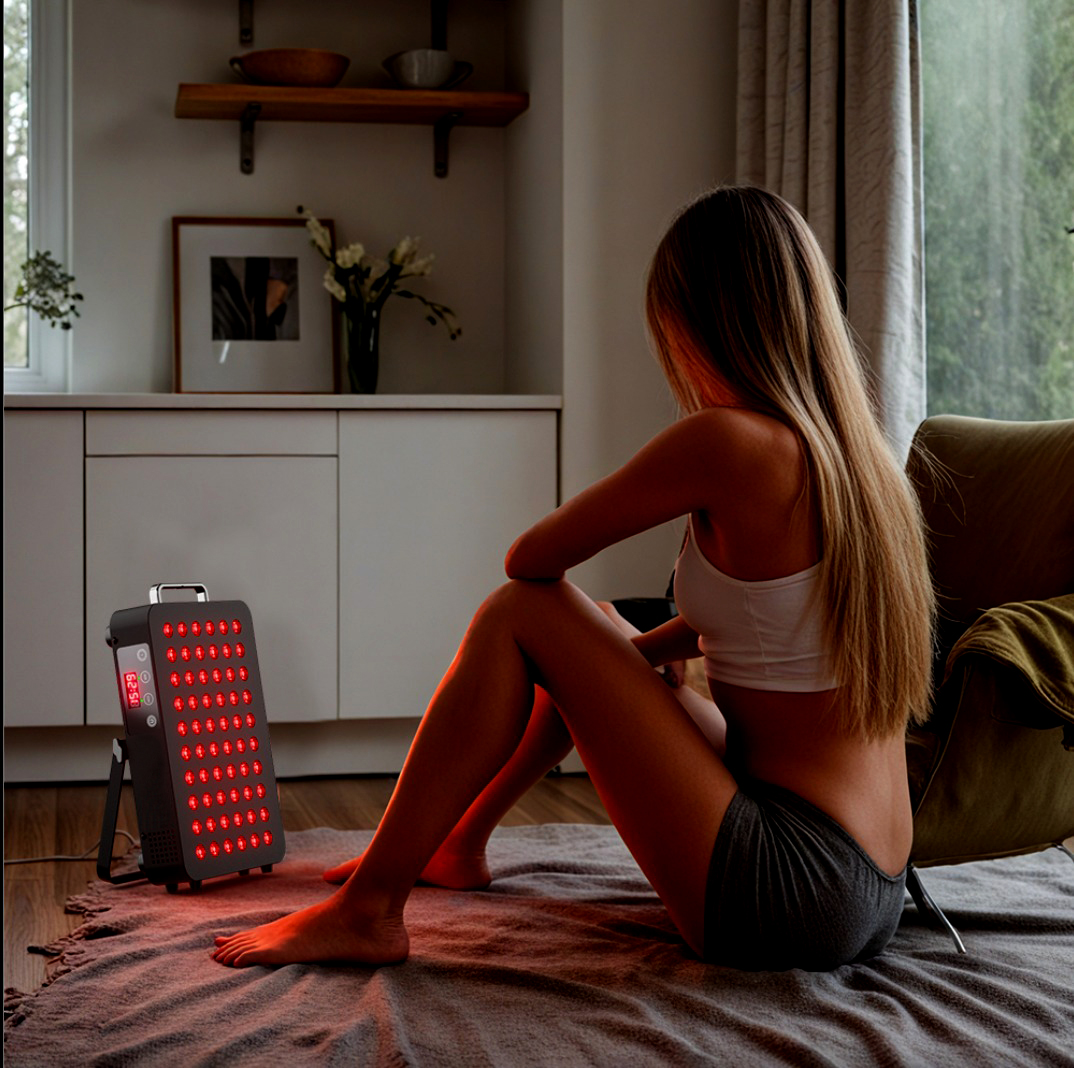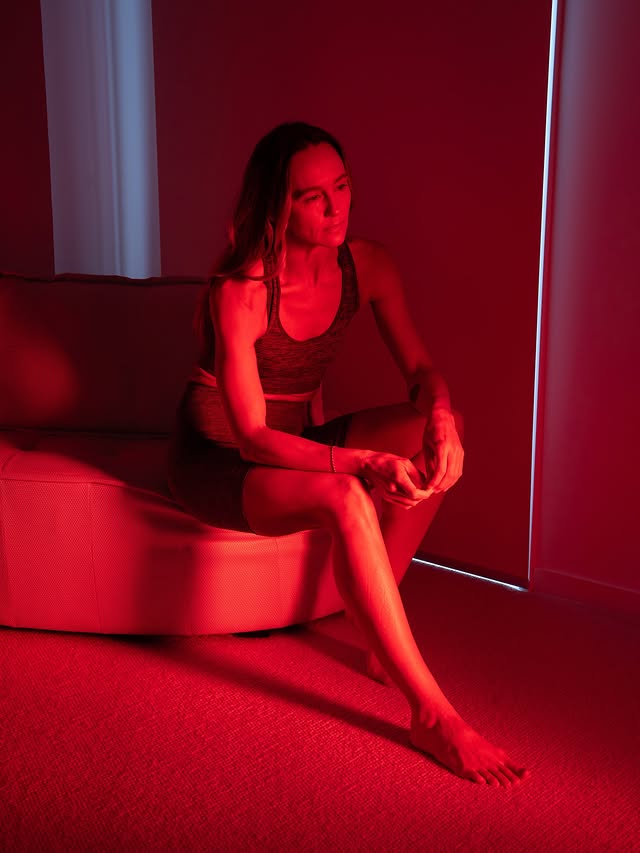![]() Free Shipping
Free Shipping ![]() Buy Now, Pay Later
Buy Now, Pay Later ![]() Eligible
Eligible
Does Red Light Therapy Work on Concussions? Exploring the Science and Potential Benefits

Concussions are a common yet complex form of traumatic brain injury (TBI) that can lead to long-lasting symptoms such as headaches, dizziness, cognitive impairment, and mood disturbances. Traditional treatments often focus on rest, medication, and physical therapy, but emerging therapies like red light therapy (RLT)—also known as photobiomodulation (PBM)—are gaining attention for their potential to accelerate healing.
But does red light therapy really work for concussions? Let’s dive into the science, the evidence, and what experts say about this innovative treatment.
Understanding Concussions and Brain Healing
A concussion occurs when a blow to the head or body causes the brain to move rapidly inside the skull, leading to chemical changes, inflammation, and sometimes structural damage to neurons. The brain’s natural healing process involves:
- Reducing inflammation
- Restoring blood flow
- Repairing damaged cells
- Promoting neuroplasticity (the brain’s ability to rewire itself)
However, for some people, recovery stalls, leading to post-concussion syndrome (PCS), where symptoms persist for months or even years. This has led researchers to explore alternative treatments, including red light therapy.
What Is Red Light Therapy?
Red light therapy (RLT) is a non-invasive treatment that uses low-level wavelengths of red and near-infrared (NIR) light to penetrate the skin and stimulate cellular repair. Originally developed for wound healing and pain relief, RLT is now being studied for neurological conditions, including:
- Stroke recovery
- Neurodegenerative diseases (like Alzheimer’s and Parkinson’s)
- Traumatic brain injuries (including concussions)
How Does It Work?
The proposed mechanisms of RLT for brain injuries include:
- Boosting Mitochondrial Function
- Light photons are absorbed by mitochondria (the cell’s energy factories), enhancing ATP (energy) production, which helps damaged cells recover faster.
- Reducing Inflammation
- RLT appears to modulate cytokines, reducing neuroinflammation linked to concussion symptoms.
- Increasing Blood Flow & Oxygenation
- Improved circulation may help deliver more oxygen and nutrients to injured brain areas.
- Stimulating Neurogenesis & Synaptic Repair
- Some studies suggest RLT promotes the growth of new neurons and strengthens neural connections.
VELLGUS Elite V2
THE #1 RATED RED LIGHT DEVICE
VELLGUS pro V2
THE #1 RATED FULL BODY RED LIGHT DEVICE
Scientific Evidence: Does RLT Help with Concussions?
While research is still in its early stages, several studies and clinical trials suggest promising results:
1. Animal Studies Show Promising Recovery
- A 2016 study (published in Neuroscience) found that NIR light therapy reduced brain damage and improved cognitive function in rodents with TBI.
- Another 2017 study (Journal of Neurotrauma) reported that RLT reduced brain inflammation and improved memory in mice after head trauma.
2. Human Trials Show Symptom Improvement
- A pilot study (2018) involving chronic TBI patients found that transcranial LED light therapy improved executive function, sleep, and mood.
- A 2021 study (Frontiers in Neurology) reported that home-based RLT helped reduce post-concussion symptoms like headaches and brain fog.
3. Professional Athletes & Military Use
- The NFL and military have explored RLT for TBI recovery, with some athletes reporting faster symptom relief.
- Dr. Theodore Henderson, a neurologist specializing in TBI, has used RLT in his clinic with positive outcomes for concussion patients.
But… Not All Studies Are Conclusive
- Some researchers argue that more large-scale, placebo-controlled trials are needed to confirm RLT’s effectiveness.
- The depth of light penetration is a concern—since the skull blocks some wavelengths, optimal dosing and delivery methods are still being refined.
How to Use Red Light Therapy for Concussions
If you’re considering RLT for concussion recovery, here’s what you should know:
1. Types of Devices
- Wearable helmets (e.g., Vielight, NeoRhythm)
- Panel lights (for full-body or localized treatment)
- Handheld devices (for targeted therapy)
2. Recommended Protocol
- Wavelength: Near-infrared (810–850 nm) is best for brain penetration.
- Dosage: Studies often use 10–20 minutes per session, 3–5 times per week.
- Duration: Some see benefits in 4–8 weeks, while chronic cases may take longer.
3. Safety & Side Effects
- RLT is generally safe with minimal side effects (occasional mild headache or eye strain).
- Avoid overuse—follow manufacturer guidelines.
Final Verdict: Should You Try RLT for Concussions?
While red light therapy isn’t a cure-all, the existing evidence suggests it may:
✅ Speed up recovery by reducing inflammation and boosting cellular repair.
✅ Improve cognitive function in some individuals with lingering symptoms.
✅ Serve as a safe adjunct therapy alongside traditional treatments.
However, more research is needed to establish standardized protocols. If you’re struggling with post-concussion symptoms, consulting a neurologist or functional medicine specialist familiar with RLT is a wise next step.
Have You Tried RLT for Brain Injury?
If you’ve experimented with red light therapy for concussions, share your experience in the comments! Your story could help others on their healing journey.
Key Takeaways
🔹 Red light therapy shows promise for concussion recovery by reducing inflammation and enhancing brain cell repair.
🔹 Animal and early human studies support its benefits, but larger trials are needed.
🔹 Helmet-based NIR devices may be the most effective for brain injuries.
🔹 Combining RLT with other therapies (like hyperbaric oxygen or neurofeedback) could optimize results.








